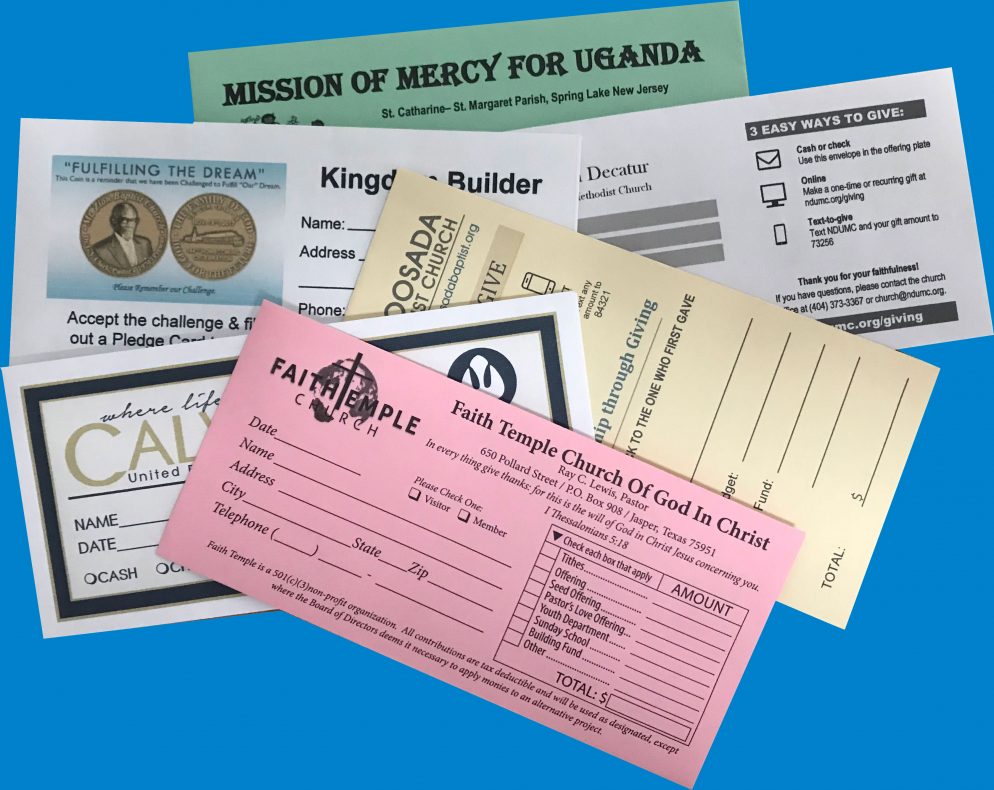The amount of information that can be printed on a custom envelope depends on several factors, including the size of the envelope, the printing method used, the design layout, and the font size. Here are some considerations:
Envelope Size: The size of the envelope will greatly impact the amount of information that can be printed. Standard envelope sizes include #10 envelopes (4.125 x 9.5 inches), A7 envelopes (5.25 x 7.25 inches), and more. Larger envelopes will generally allow for more information.
Printing Method: The printing method chosen also affects how much information can be printed. Common methods include digital printing, offset printing, and letterpress. Digital printing offers more flexibility in terms of design and variable data printing, but offset printing may be more suitable for larger quantities.
Design Layout: The design layout of the envelope plays a crucial role. If you have a complex design with images, graphics, and a lot of text, you may need a larger envelope to accommodate everything without overcrowding.
Font Size: The font size you choose will impact the amount of text that can fit on the envelope. Smaller fonts allow for more information but may reduce readability, so it’s essential to strike a balance between the two.
Content: Consider what information you need to include on the envelope. Common elements include a return address, recipient’s address, postage area, and any additional text or graphics. Keep in mind that essential information should be easily readable and not overcrowded.
Bleed and Margins: Be aware of the bleed area (the space outside the trim line) and margins required for printing. These specifications can affect the placement of text and graphics on the envelope.
Legal and Postal Regulations: Ensure that your custom envelope complies with postal regulations and legal requirements in your region. There are specific guidelines for address placement, postage area, and other aspects.
It’s advisable to work with a professional printer or graphic designer to create a custom envelope that meets your needs while adhering to design and printing best practices. They can provide guidance on the appropriate envelope size, design elements, and printing method to achieve the desired result. Keep in mind that while you have some flexibility, envelopes have limited space compared to larger printed materials like flyers or brochures.



Leave a Reply